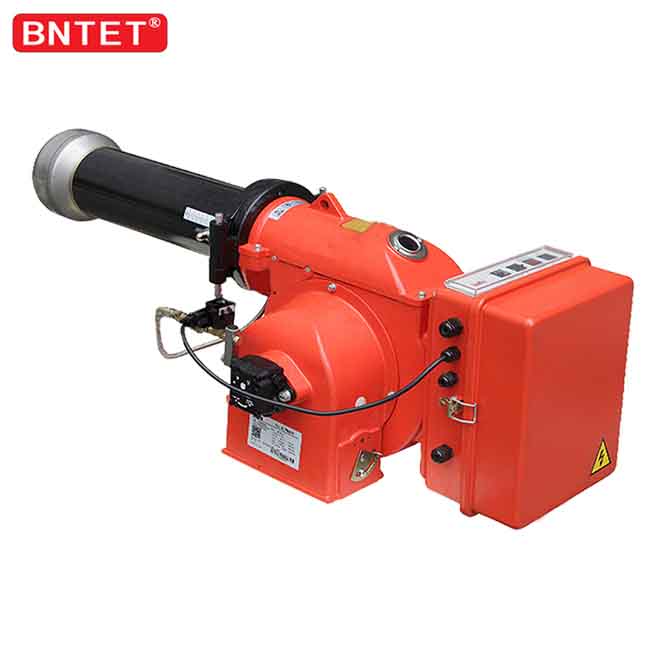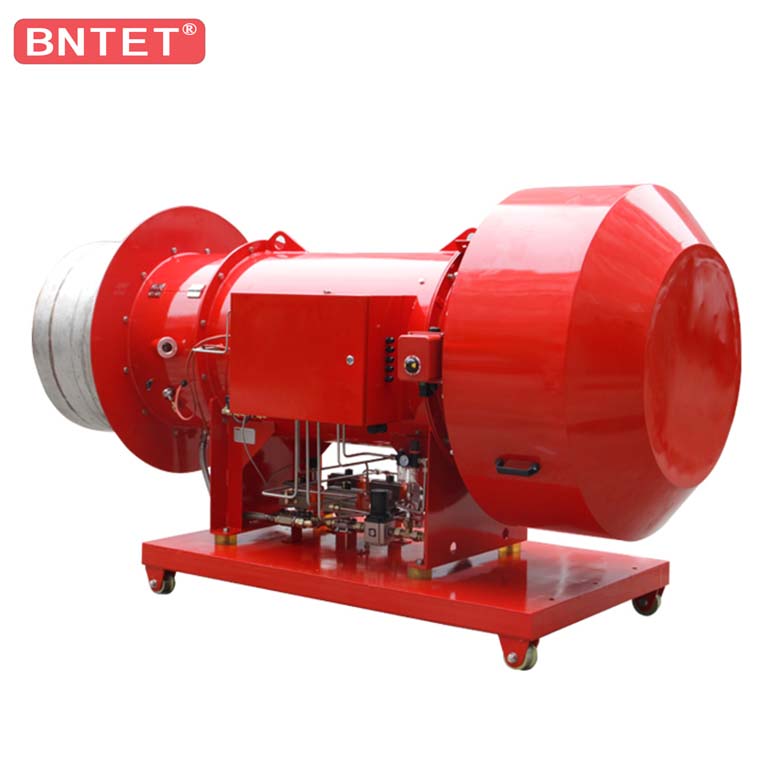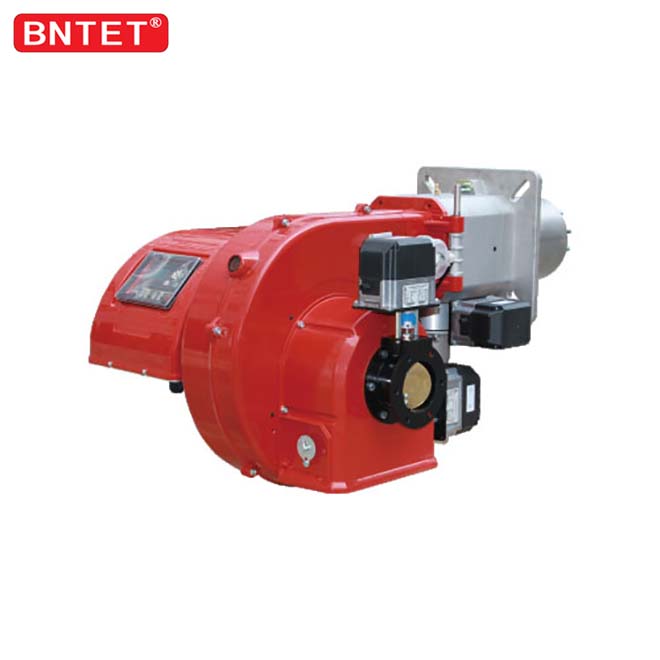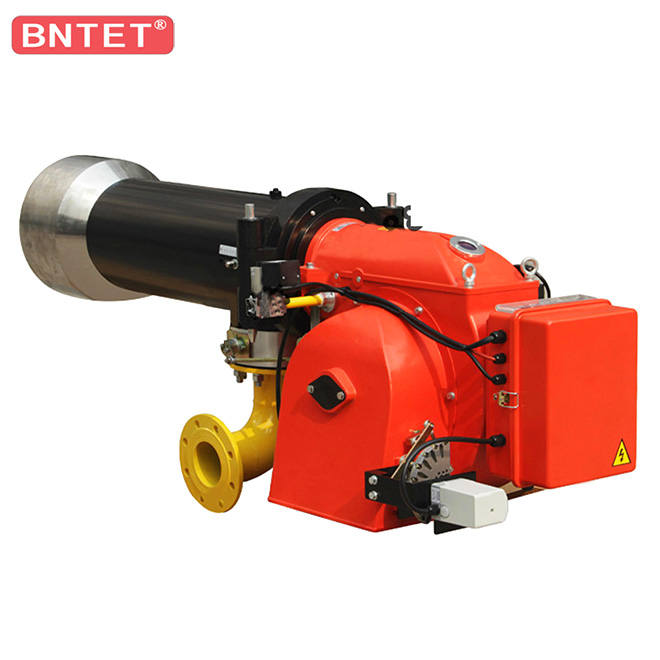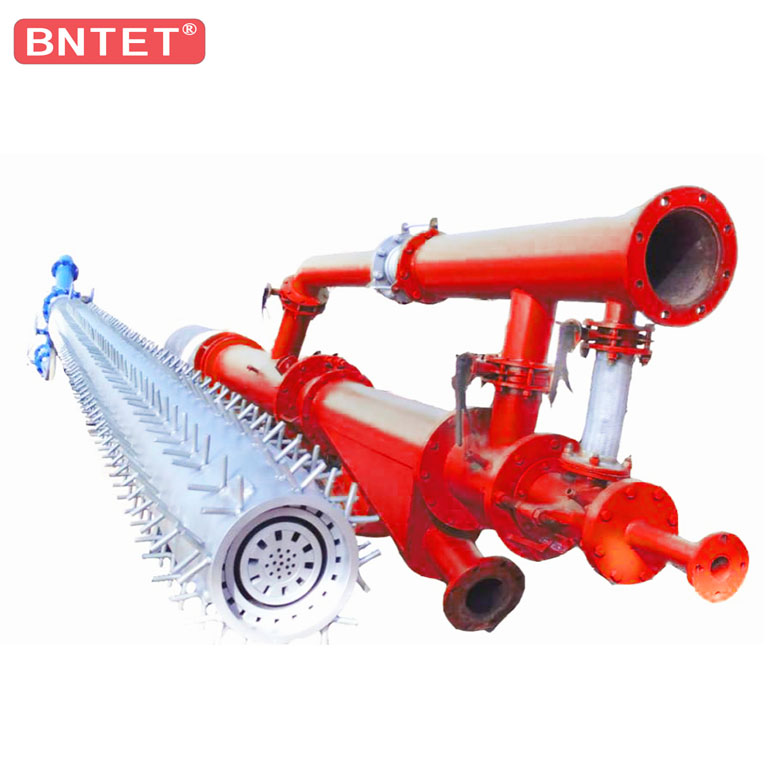Mechanical atomization and air atomization are two common spray techniques used in heavy oil burners to mix heavy oil with air to form combustible fuel. They have some differences in terms of spraying principles, operation methods, and effects.
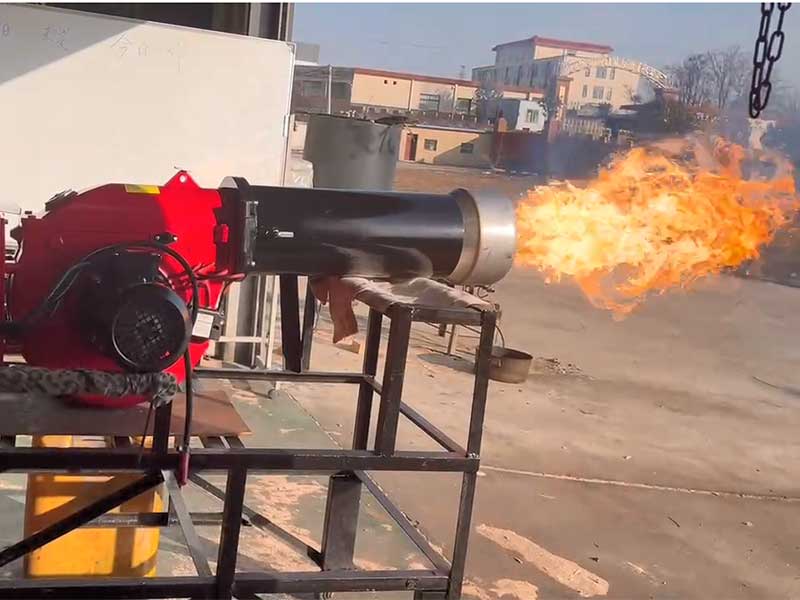
1.Spraying principle:
Mechanical atomization: Mechanical atomization disperses liquid heavy oil into small droplets by using high-speed rotating nozzles or cones that generate centrifugal forces. The droplets are then mixed with air to form a mist fuel.
Air atomization: Air atomization involves injecting air into the nozzle, which uses high-speed airflow to impact the heavy oil and break it into fine droplets, forming a mist fuel.
2.Operation method:
Mechanical atomization: Mechanical atomizers are typically driven by rotating mechanisms to provide the necessary centrifugal force. Adjusting the speed of the nozzle or cone controls the size and distribution of the droplets.
Air atomization: Air atomizers require adjusting the air pressure and flow rate to control the air velocity inside the nozzle and the formation of droplets.
3.Effect:
Mechanical atomization: Due to the centrifugal dispersion of the droplets, mechanical atomizers are capable of generating smaller and more evenly sized droplets, facilitating better mixing with air. This improves the combustion efficiency and stability of the fuel.
Air atomization: Air atomization technology allows for selecting different nozzle models and operating parameters to achieve specific droplet sizes and distributions based on the desired application. It offers higher flexibility in adjustments and can produce larger droplets in certain cases, suitable for specialized combustion processes.
In summary, mechanical atomization and air atomization are commonly used spray techniques in heavy oil burners. Mechanical atomization disperses droplets through centrifugal forces, while air atomization breaks the liquid into droplets by high-speed airflow. They differ



